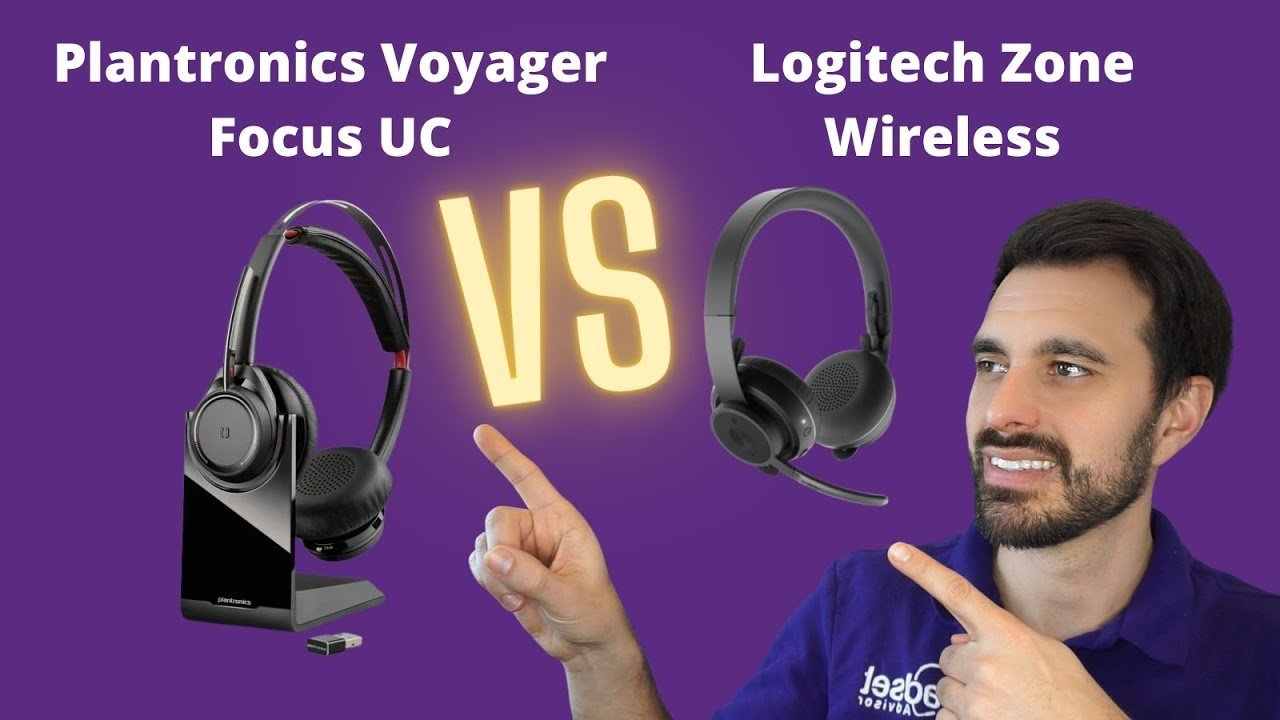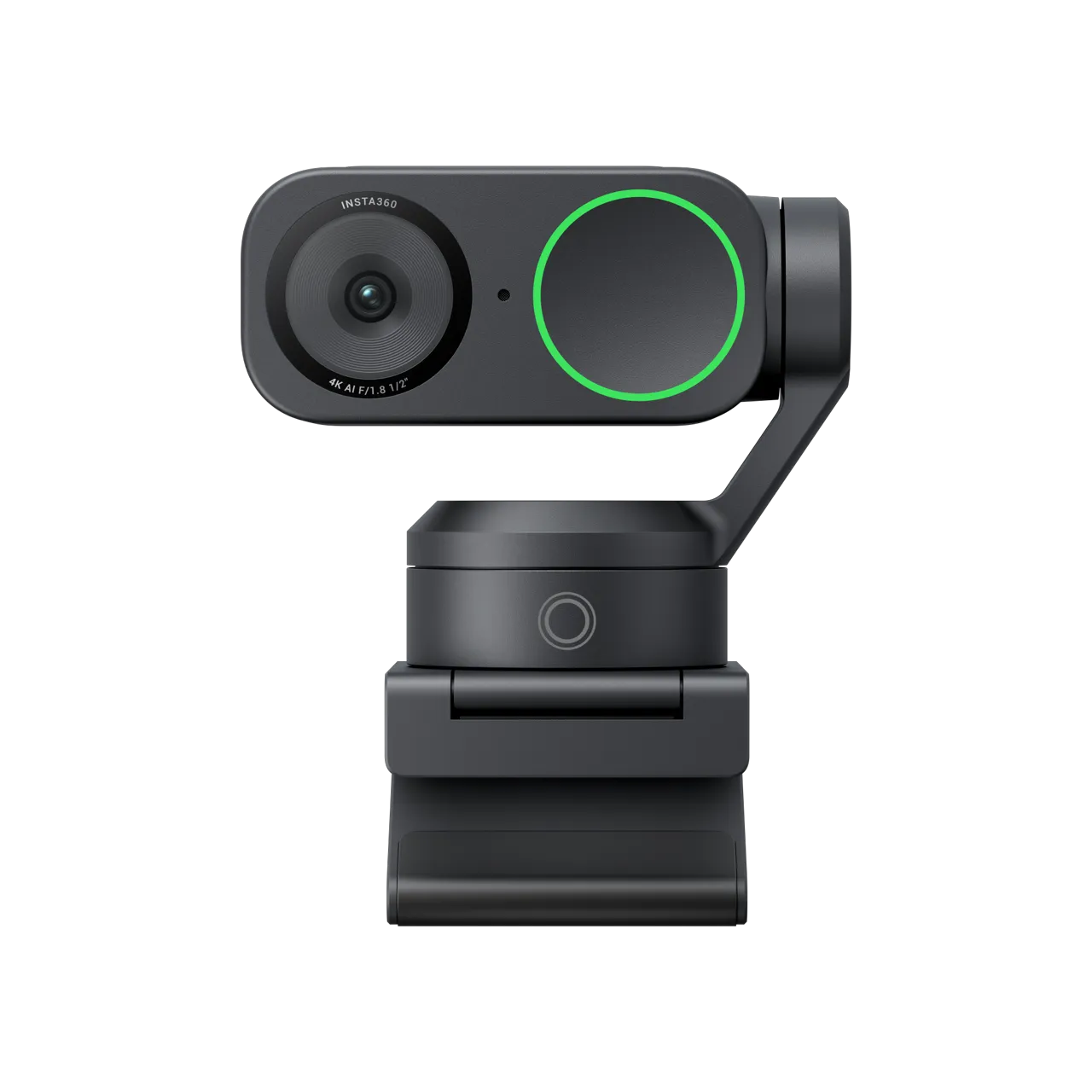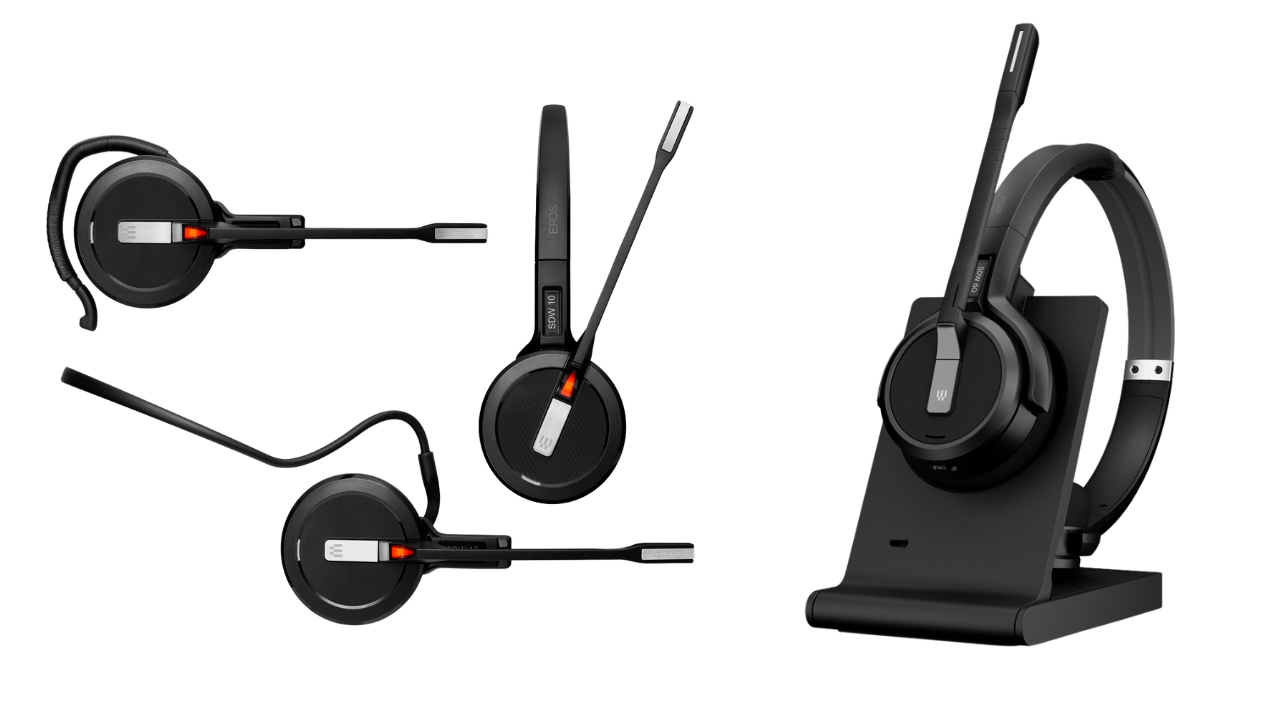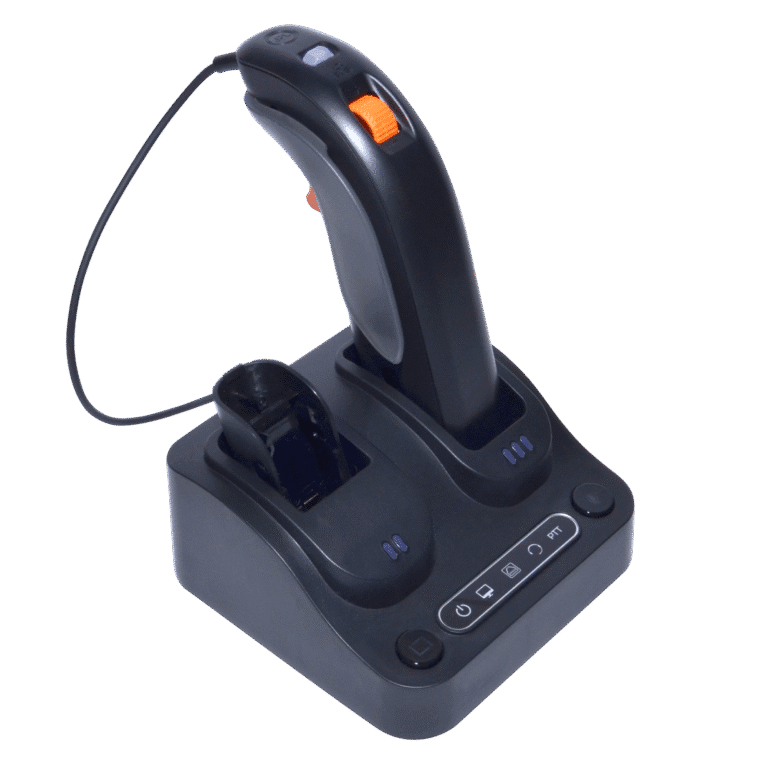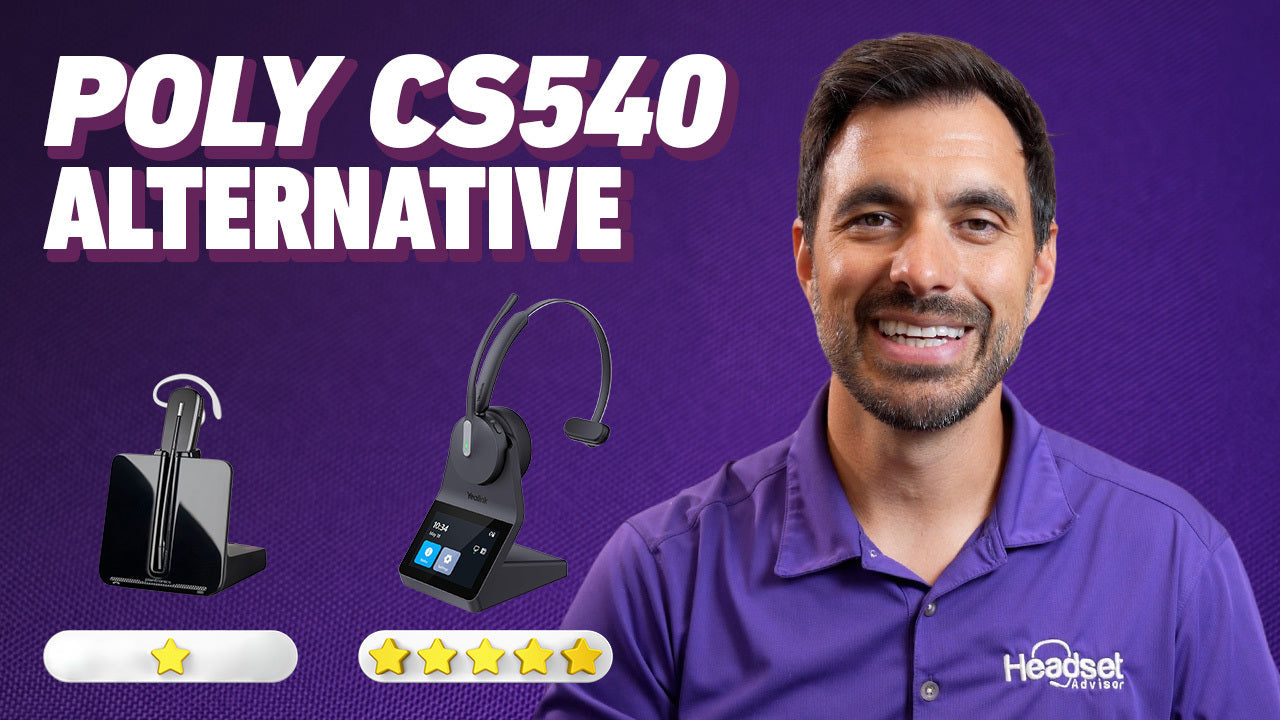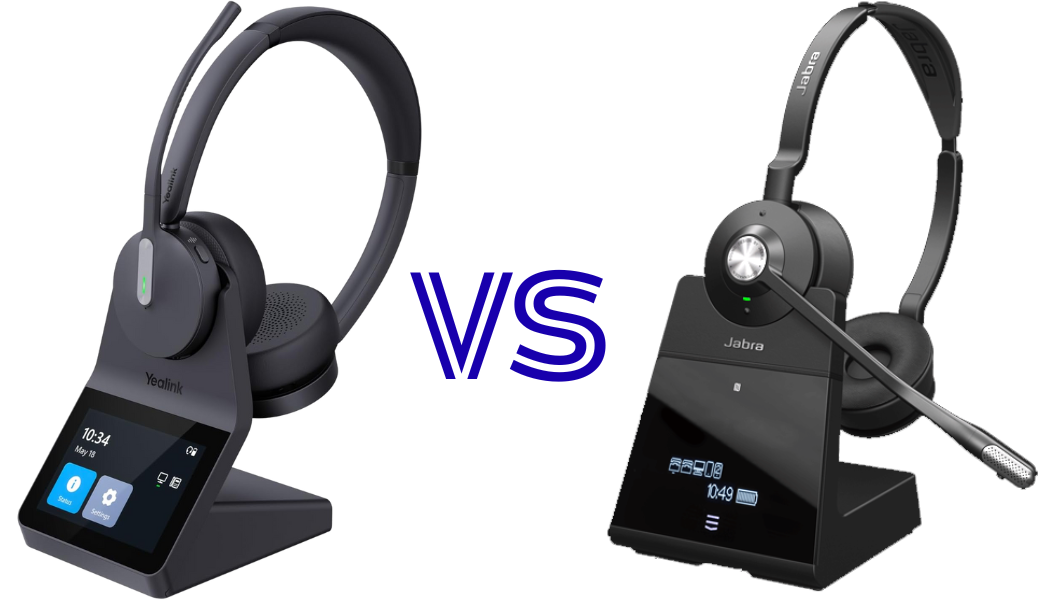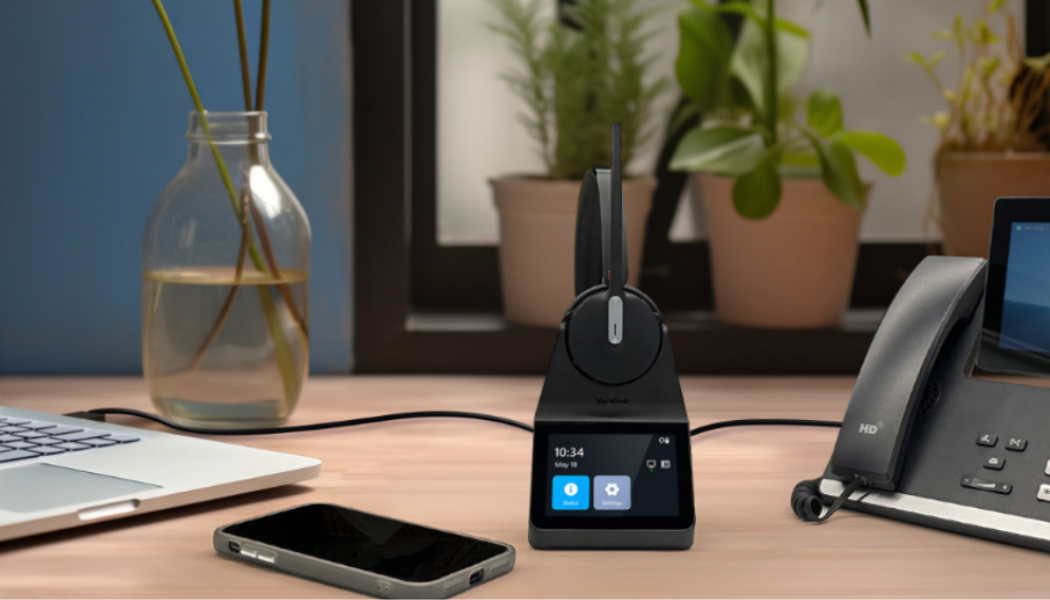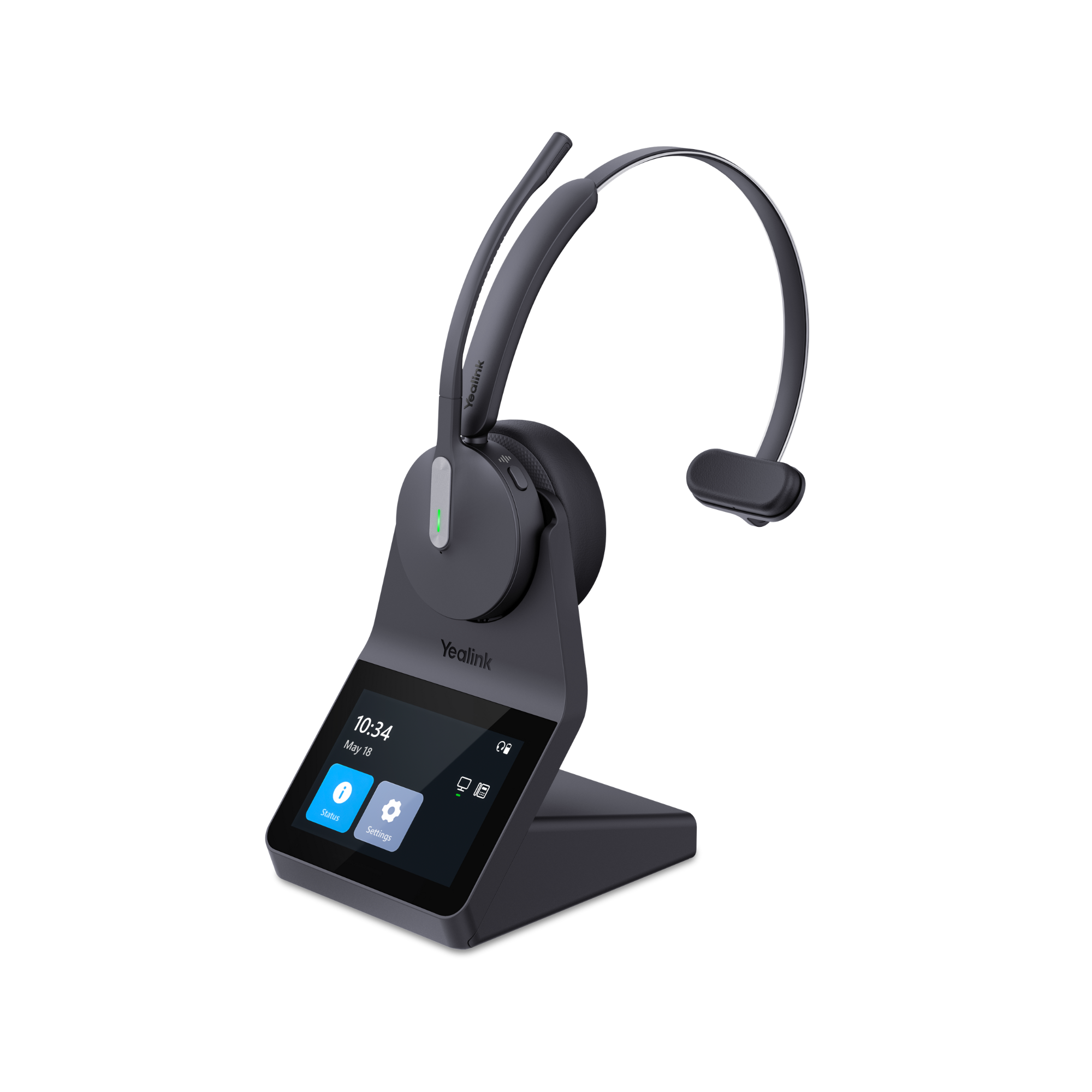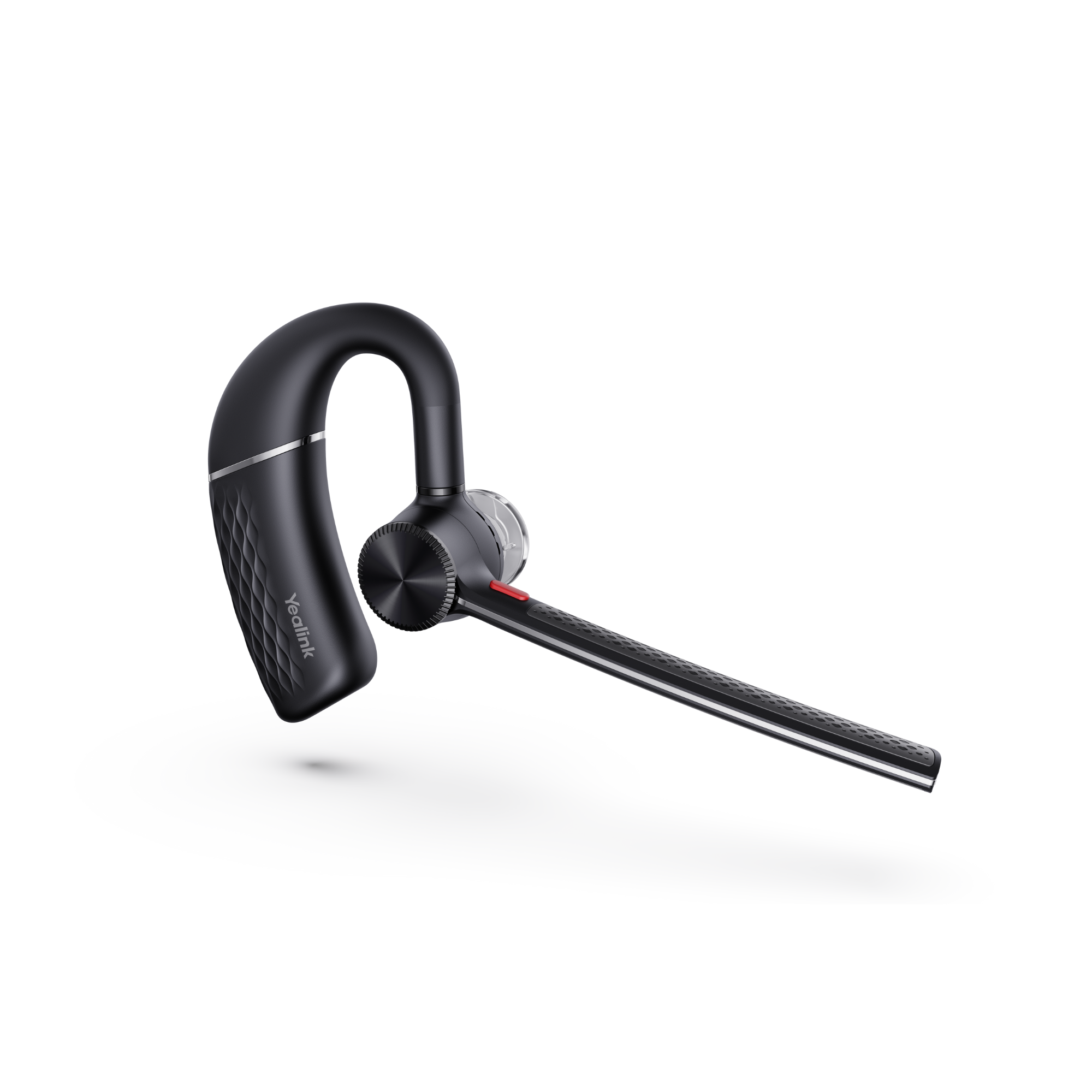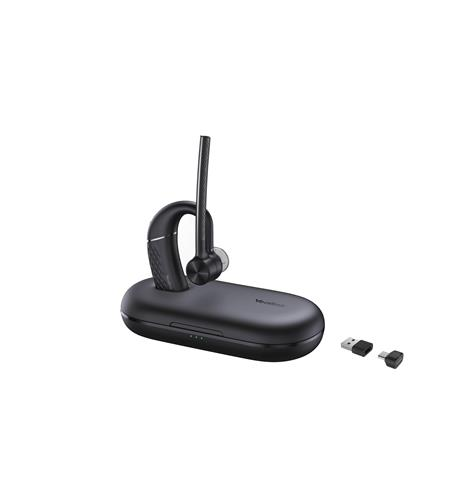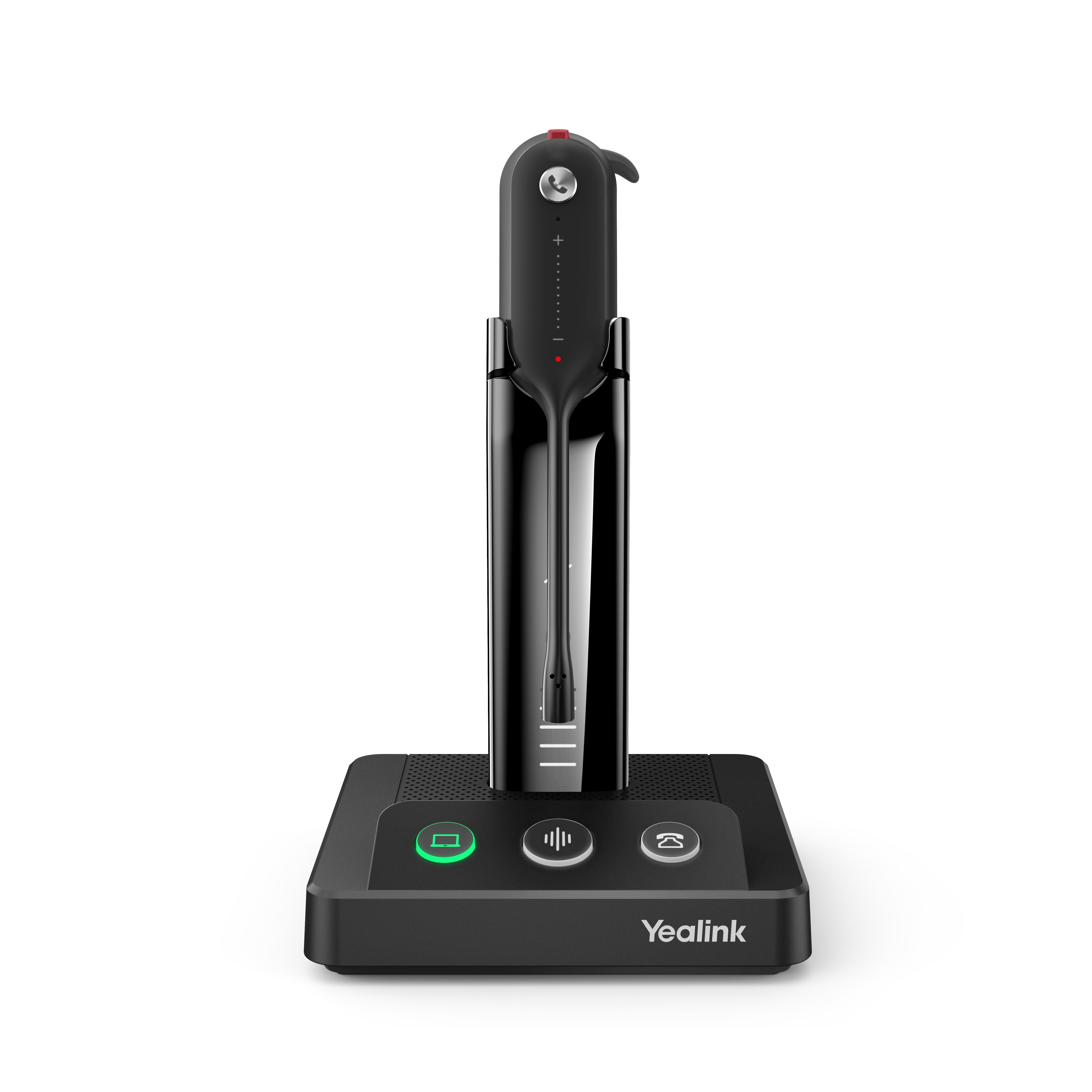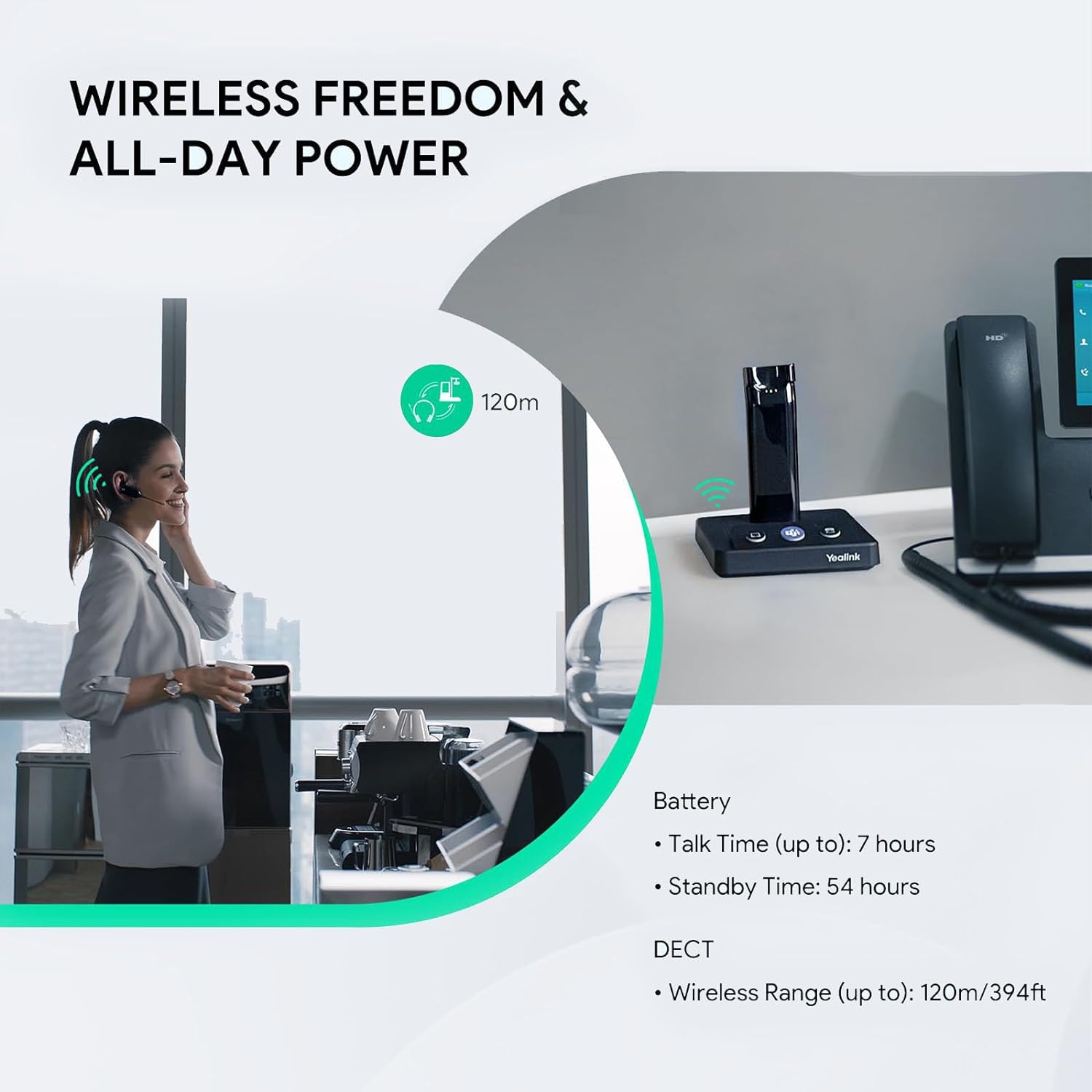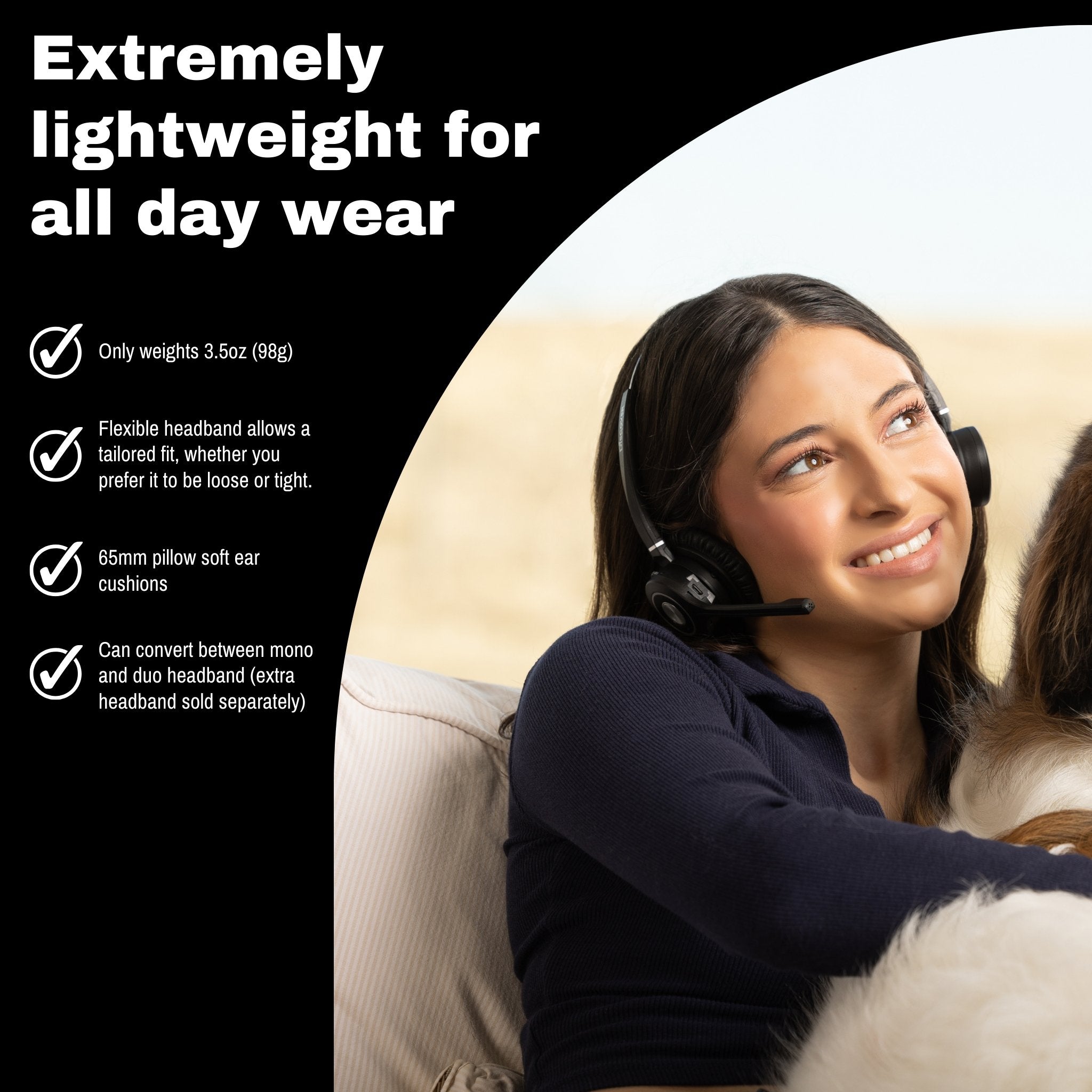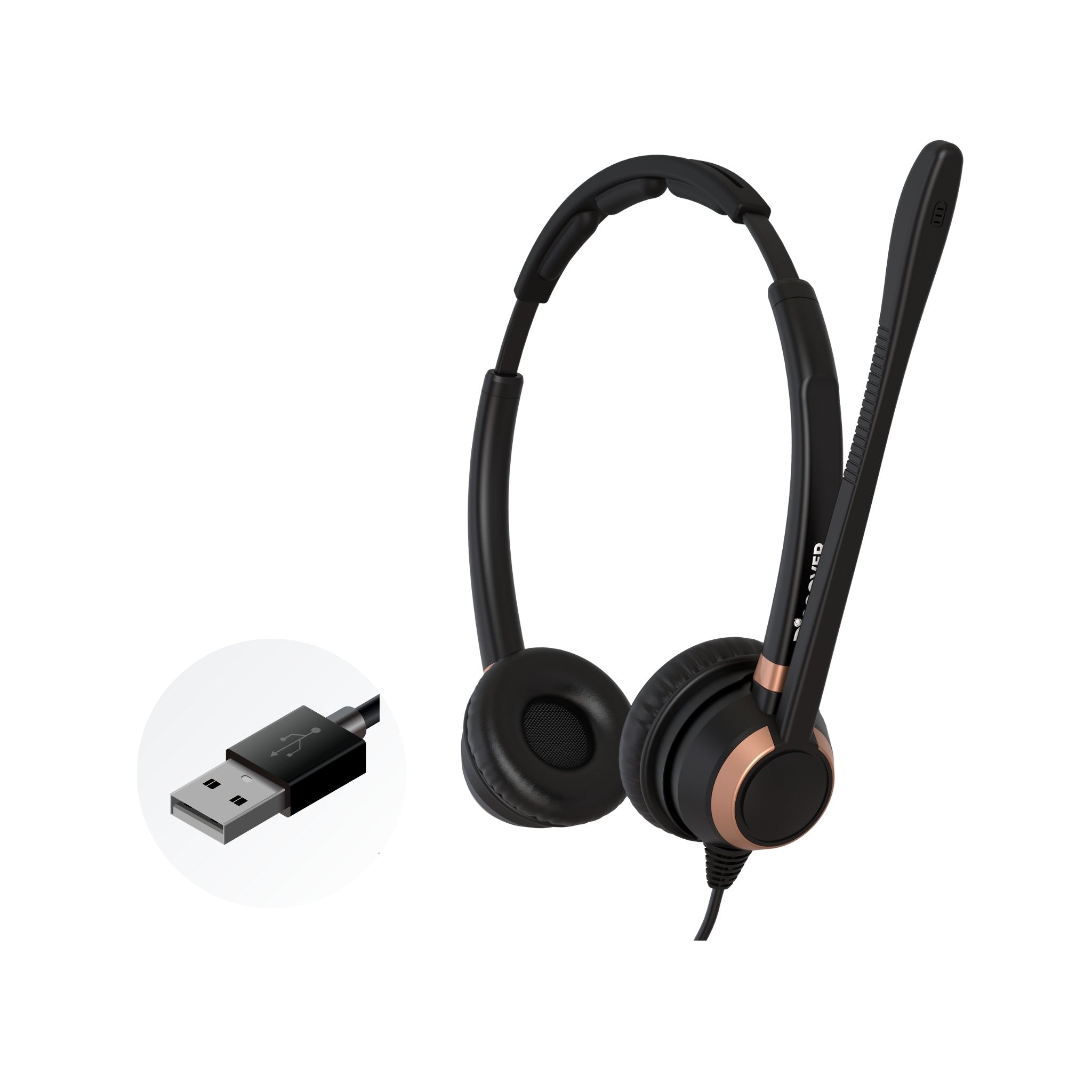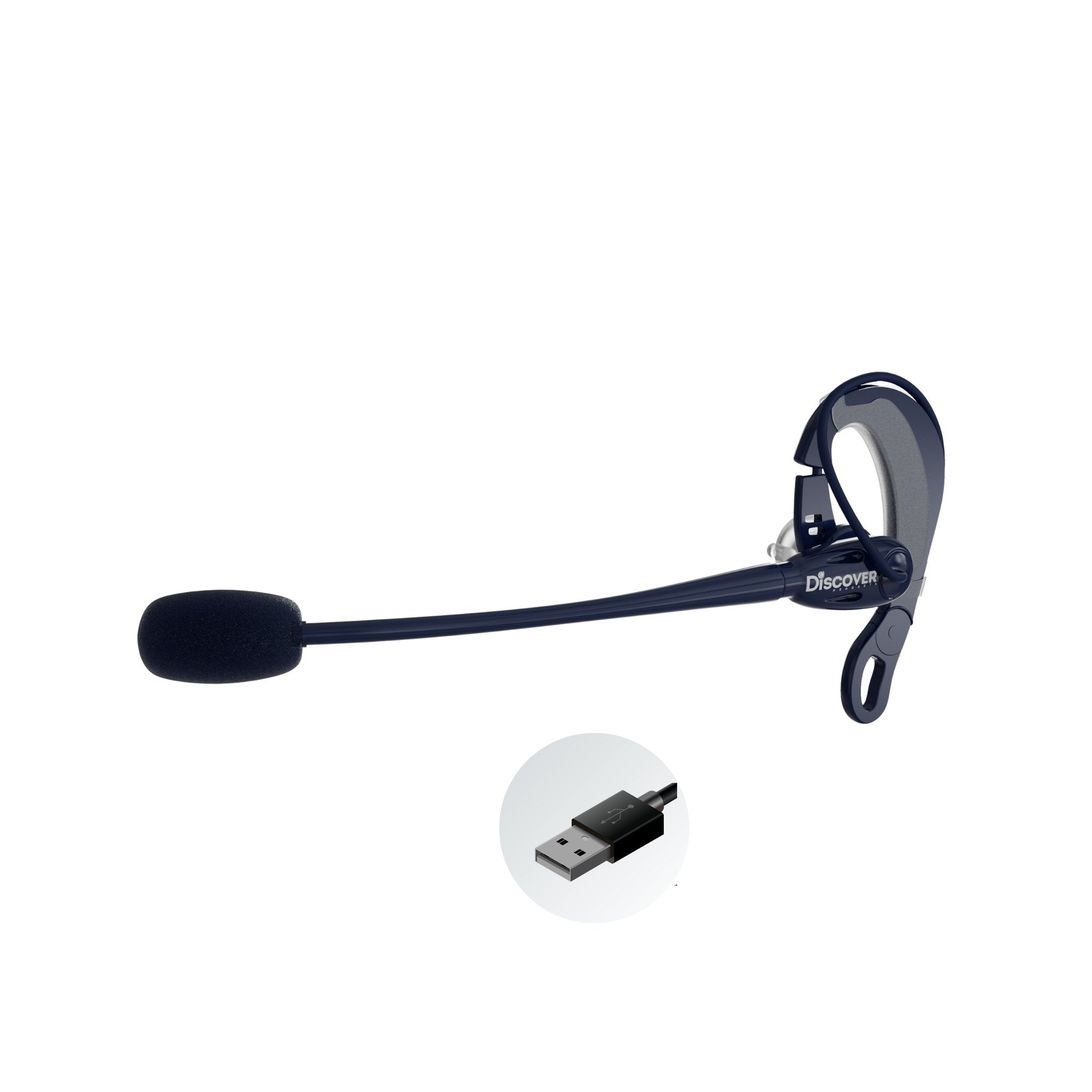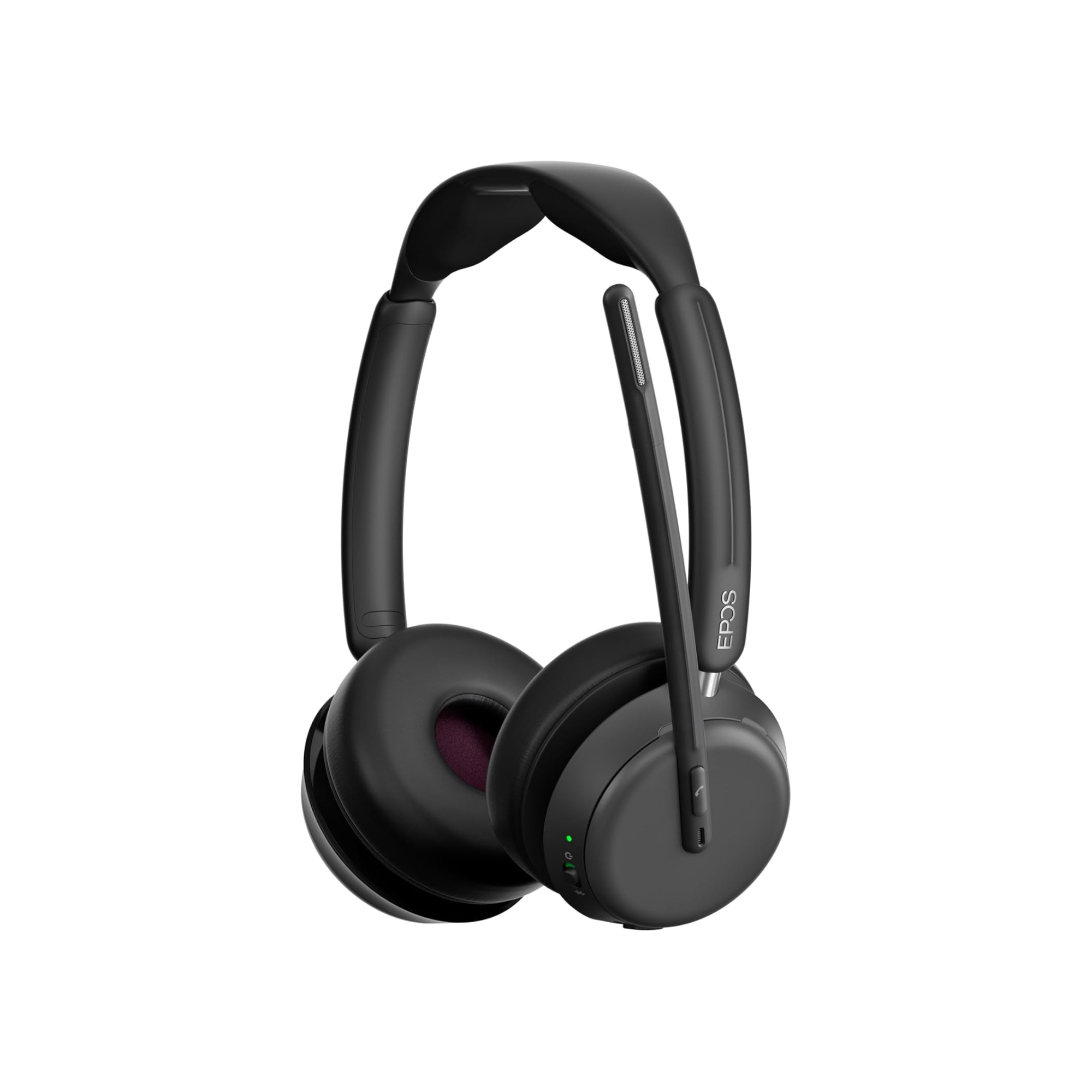Logitech and Plantronics, now Poly, are two well-known names in the office space. Though Poly has enjoyed a great reputation for decades by producing top notch communication headsets, Logitech is a more recent entrant into the office headset arena.
Their office headsets are gaining popularity, and like other companies vying for a piece of the headset business, Logitech has some models worth looking at.
In this blog I’ll compare two popular models of UC headset offered by both companies; Poly and Logitech. Specifically, I’ll compare the Poly Voyager Focus UC to the Logitech Zone Wireless.
Before I begin with my comparison, I wanted to let you know that we also did a video on this same comparison.
In this video, we go over the features on both models, and I also do a speaker and microphone test including how well both do to eliminate unwanted background noise.
So, if your preference is to watch a video rather than read a blog, you’ll want to jump over to the video which can be found below.
If you’re still reading, then come along as I break down these two Bluetooth wireless UC headsets.
To kick this off, I did want to say that both of these headsets are good. As I break things down, you’ll see some differences that exist between them.
Depending on your wants and needs, one of these two models might rise to the top of your list based on what you’re looking for.
Hopefully this blog will help narrow things down for you, or at least provide you with some information to help you make a decision.
Bluetooth version
The Poly Voyager Focus UC uses Bluetooth version 4.0, though I also saw 4.1 referenced in some of the Poly content.
The Logitech Zone Wireless utilizes Bluetooth version 5.0. This higher level of Bluetooth is likely reflective of this being a newer model of headset over the Voyager Focus.
The key benefit of having 5.0 over 4.0 is a longer wireless talk range. In the video review we did on these two products, we didn’t do a wireless range test, so we can’t say how these two models would perform side-by-side in a real world situation. But, according to data, it does suggest that 5.0 gives longer wireless range.
Connectivity
The Poly Voyager Focus UC connects to a computer via the included USB dongle, and also to mobile devices such as tablets and smartphones via Bluetooth connectivity.
The Logitech Zone Wireless also connects to a computer via a USB dongle and to mobile devices via Bluetooth.
No difference here as they both are designed to connect to the same types of devices.
Wireless Talk Range
The Poly Voyager Focus UC is rated at up to 98 feet. Barriers that stand between the base unit and the wireless headset will weaken the signal and shorten the wireless distance.
These barriers can be such things as walls made of sheetrock, walls made of concrete or brick, windows, partitions, desks and more. In a real world environment, you typically get less range than what the product specifications state.
As a general rule of thumb, you could estimate 50 - 75% of stated range to be what you could normally expect to receive.
The Logitech Zone Wireless is rated up to 100 feet. Though there’s no real difference between them from a specifications standpoint, I’d put my money on the Logitech providing a longer wireless talk range.
I say this because the Zone Wireless uses a newer version of Bluetooth (5.0 vs. 4.0), which is supposed to give you more distance.
Microphone
The Poly Voyager Focus UC comes with a noise cancelling microphone. The microphone itself is actually made up of a total of 3 mics designed to work in tandem to enhance the voice sound quality while at the same time, work to reduce unwanted background noise.
Most Bluetooth wireless headsets have a single mic, sometimes referred to as omni-directional. Having a microphone array like this can only help to give you better overall sound quality.
The Logitech Zone Wireless also comes with a noise cancelling microphone, as well as two embedded microphones. As mentioned earlier, a single microphone is typical, with 2 or more microphones being out of the ordinary, and in my opinion, better.
In the video we did on these two wireless headsets, we tested the microphones on both in order to hear how they sounded and compared. We also played some noise to see how the microphones did to eliminate the unwanted background sound.
If you’d like to hear for yourself, take a look at the video and be the judge as to which of these two Bluetooth wireless headsets came out on top.
While on the subject of microphones, the Poly Voyager Focus UC has a feature called “open mic” which allows you to hear what’s going on around you without the need to remove the headset. I can imagine situations where this would be convenient for sure.
The Logitech Zone Wireless has three ways to mute the microphone. First, you can flip up the microphone boom arm where the microphone mutes automatically.
Return it to the normal use position and it turns back on. The second way to mute the microphone is by depressing the mute button located on the mic boom arm. Lastly, you can mute the microphone through the Logi Tune software.
Poly offers headset software as well called HUB which provides you with a variety of things you can adjust.
Active Noise Cancellation (ANC)
Active Noise Cancellation is an electronic feature that helps to suppress unwanted background noise so the wearer of the headset isn’t distracted by sound in the work environment.
The Focus UC comes standard with ANC which is regarded as a premium feature by headset standards.
The Logitech Zone Wireless also has ANC as a standard feature.
If you work in an environment that has distracting sounds such as office equipment, HVAC systems, noisy coworkers, or if working from home, it could be dogs barking, yard equipment sounds, doorbells etc.
ANC would be a good feature for you to consider. Research suggests that distractive sound is a leading cause of lowered worker productivity. Further, it suggests that once distracted, it can take up to 20 minutes to regain focus. ANC is a feature that can help you to manage unwanted environmental room noise.
Battery Life
On the Poly Voyager Focus UC, you get a battery that’s rated to provide up to 12 hours of talk time. If you’re using the Active Noise Cancellation feature, that will reduce the usable battery time to 10 hours
The Logitech Zone Wireless battery is rated up to 15 hours, and up to 14 hours if using the Active Noise Cancellation. 2 hours to recharge and to get a 1 hour burst it takes only 5 minutes. The Zone Wireless also offers an optional wireless charging pad much like you see in use for recharging mobile phones.
Based on this, it would appear that the Logitech has an advantage over the Focus.
Comfort
Both headsets we tested were found to be adequately comfortable and good for a casual or power user. Both models had a decent amount of padding on the ear cushions. Also, the Zone Wireless has a silicone like material for padding across the top of the headband to help make that comfortable as well.
The Focus UC has a nice pad that is suspended and moves like a shock absorber which is a unique design and very comfortable to wear.
The Voyager Focus UC weighs in at 5.4 ounces while the Logitech Zone Wireless weighs 6.8 ounces.
This gives the advantage in the weight department to the Focus UC. Though when I put both headsets on, I really couldn’t tell much difference between their respective weight.
I struggled a bit to determine which was more comfortable when wearing each of these wireless headsets. I’d give the slight edge to the Focus UC over the Zone Wireless.So if comfort is your bigger desired feature, then you’ll probably want the Focus UC But again, they’re both easy to wear and comfortable.
Price
The Poly Voyager Focus UC sells on our website for $261.00 with the charging base, and $241.00 without it.
The Logitech Zone Wireless sells for $210.00, and if you add the wireless charging pad, it would bring to around $250 - $260.00.
Either of these wireless headset models are available to rent for a low monthly rate, month-to-month with no contract. This rental program is unique and can help you to preserve your capital, while giving you an all-inclusive pay as you go program.
Warranty
Both models come with a 2-year warranty. For a wireless headset this is pretty good because a lot of wireless headsets come with a 1-year warranty. Most would agree that when it comes to warranties, longer is better.
Other
The Plantronics Voyager Focus UC has a feature called “Smart Sensors” which automatically answers a call simply by putting the headset on, and mutes automatically when you take it off.
The Voyager Focus UC also has a built in on-line indicator, aka, busy light ring on the side of the headset earpiece. This will alert those around you when you get on a call by turning red and to not interrupt you because you’re busy.
A feature that’s interesting on the Zone Wireless is it folds down where it can be conveniently stowed away in the included headset pouch. If you travel and plan on using your headset, this would be convenient. As a footnote, the Focus UC doesn’t fold up this same way, but it does lay flat and it does come with a padded carry case.
Summary
Can you go wrong with either of these two Bluetooth wireless headsets? Not really. Both are solid from a comfort, sound quality and features point of view. It really comes down to what’s most important to you specifically.
If having a long talk time is your main interest, then the Logitech is likely your next new wireless headset. However, if having some of the tech features like the auto answer, auto mute captures your interest, then the Voyager Focus UC might be the right one for you.
So you’ll need to decide what’s important to you and then evaluate both models to see which one of them checks the most boxes.

